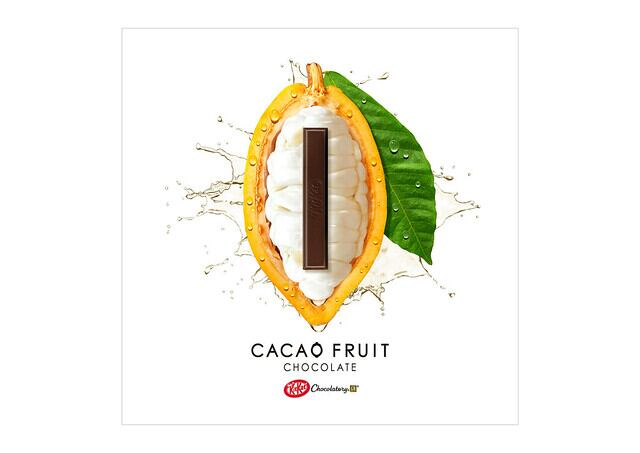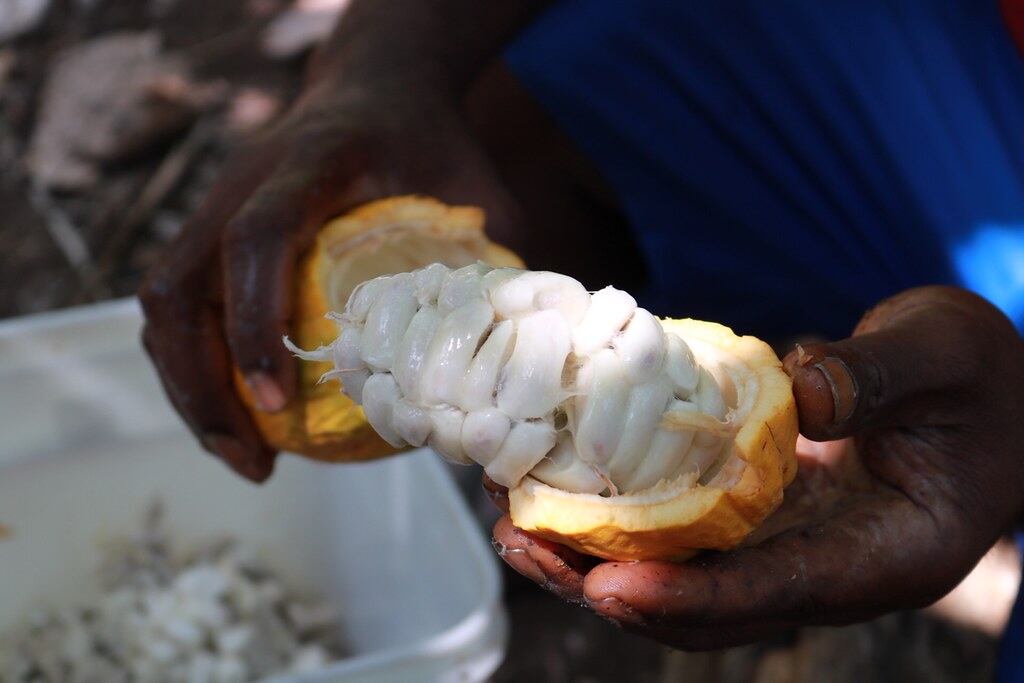The cocoa fruit contains cocoa beans surrounded in a ‘soft', 'sweet’ cocoa pulp. While some of the pulp is used in the fermentation of the cocoa beans after they are harvested, a significant proportion is currently wasted and the value is lost.
The Swiss food giant has developed a new ‘natural approach’ that enables it to extract the pulp and use it to sweeten chocolate with ‘no compromise’ on taste texture and quality.
Food waste in focus
Around one-third of food produced globally is wasted. Nestlé estimates that its own losses along the value chain total 12%, including up-stream raw materials such as cocoa through to losses in production, distribution and at the consumption stage.
The KitKat-to-Maggi manufacturer is tackling food waste through various initiatives, including a goal to achieve zero waste across all its facilities by 2020. This has seen many of the by-products that would have ended up in land-fill being diverted to animal feed or used for biofuels.
The utilisation of side-streams to create new ingredients is another area for future innovation to be developed under circular economy models. In June this year, Nestlé joined the Cities and the Circular Economy for Food project, launched by the Ellen MacArthur Foundation to develop circular economy solutions for the food system.
The company said it was ‘too early’ to say how much food waste could be reduced through this latest innovation. “We have only just started to explore the possibilities,” a spokesperson told FoodNavigator.
“Chocolatiers are beginning to understand more about how to bring out the flavours of this magical fruit whilst farmers and manufacturers are becoming aware that 31% of the pod can be used versus 22% now.”

No refined sugar for natural appeal
Nestlé’s new formulation uses cocoa beans and pulp as ‘the only ingredients’. This means the new formulation is free from refined sugar, with all sugar coming from the pulp.
“This chocolate has as much as around 40% less total sugar compared to competitor 70% cocoa chocolates, or for example 35% less compared to our own Les Recettes de l’Atelier 70%,” the spokesperson explained.
There are other benefits too: “We are using an unused part of the pod and natural cacao sugar. Cocoa pulp is said to contain fibres, contain Vitamin E, Vitamin D, a selection of B vitamins, Magnesium, polyphenols and flavonoids.”
But sugar reduction or improved nutrition is not the focus of Nestlé’s message. The sugar from cocoa pulp still acts as ‘free sugar’ and the chocolate delivers a similar calorific value to traditional formulations.
“The focus is that for the first time we have been able to use more of the cocoa fruit to make chocolate, unlocking the pulp potential. Allowing for a single source chocolate, without adding refined sugar, but still imparting a delightful sweetness.”
Reimagining the future of food
Through innovations such as this, Nestlé believes it can leverage its ‘scientific knowledge and expertise’ to ‘reimagine the future of food’.
“We aim to leverage them by rethinking what agriculture, food production and food delivery might look like in decades to come to fulfil people’s needs – essentially to provide nutritious, affordable food in a sustainable manner.
“Nestlé aims to be a positive force in the shift towards healthier and sustainable food for all, in line with our purpose of enhancing quality of life and contributing to a healthier future. This includes developing bold nutrition science, transforming resources efficiently, ensuring the availability and affordability of nutritious food, safeguarding food quality and safety, and eliminating food waste.”
Nestlé plans to introduce the first product in Japan in the autumn of this year through its KitKat Chocolatory. Further products in other countries will follow next year, through some of Nestlé’s most popular confectionery brands.


